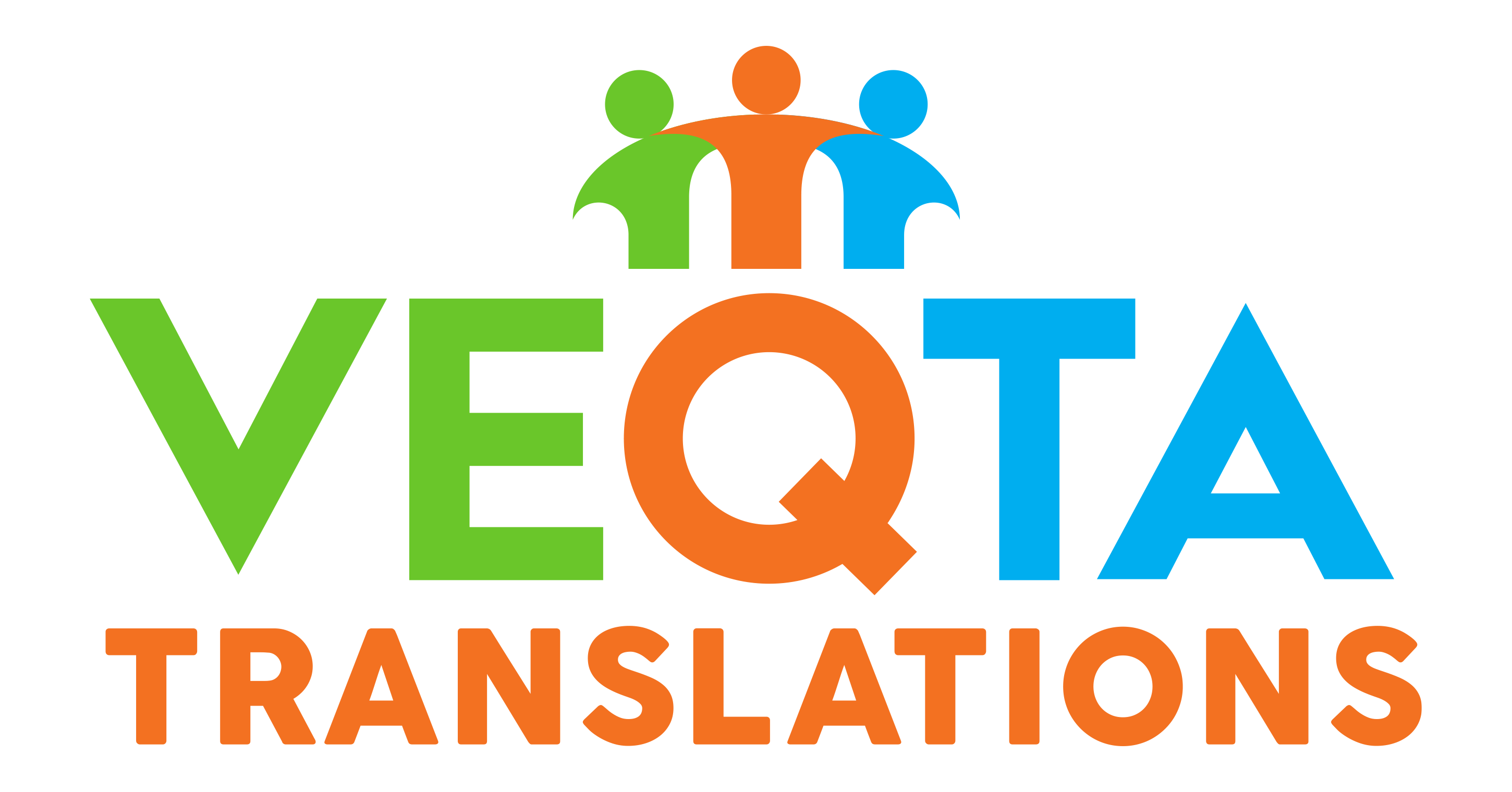Our native Estonian translators will be assigned on the project according to their experience with similar content. We only use experienced native translators who have been thoroughly vetted by language testing proficiency tests.

TRANSLATE ESTONIAN TO ENGLISH
Professional English to Estonian Translations
At VEQTA Translations, we specialize in providing professional English to Estonian translation services. Our certified Estonian translators bring years of experience and native-language proficiency to ensure every translation is not only accurate but also truly resonant with the intended meaning of your content. Expertly versed in various industry-specific terminologies from Marketing to IT, Finances, Human Resources, Retail, Manufacturing, Legal, and Tourism & Travel, our team delivers precise translations tailored to your sector’s requirements. Our translators are based in Malaysia and Singapore, catering to both local and international markets.
Key Services:
- English to Estonian Translation
- Estonian to English Translation
Estonian, a Finno-Ugric language, is known for its complex case system and lack of grammatical gender. One significant localization challenge is translating technical documents, where the language’s agglutinative nature can make terminology inconsistent if not handled carefully. As a premier language service provider in Malaysia, VEQTA Translations offers comprehensive localization and translation solutions across a multitude of commercial languages. We employ subject matter experts in major industries to provide impeccable Estonian translations. We adhere to strict localization best practices, including the use of style guides, glossaries, CAT Tools, and thorough quality assurance processes.
Clients across Selangor, Johor, Sabah, Penang, Singapore, and globally depend on us for high-quality and accurate Estonian translations for all types of documents and content. Choose VEQTA Translations for reliable and expert English to Estonian translations that communicate effectively and authentically with your target audience.
Once the translation has passed certain quality criteria, it’s passed to the Editor. The Estonian Editor is a senior translator who will go through and polish the text, e.g correcting syntax, grammar and flow.
As a final quality assurance step, we will go through the Estonian documents again to give it an overall quality check, check on typos, any missing content and correct any inconsistencies in the translation.
Estonian Language Expertise
Estonian language translation requires Subject Matter Expertise for a perfect result.
We provide Estonian terminology experts who has worked in a related field of the source material in Estonian.
Voice over in Estonian language and an array accents and other languages for cold or hot recording for broadcasting, e-learning modules or voice or video translation for corporate use.
Estonian is an important language to consider for translation of your marketing material.
A high quality translation will give you the maximum impact of your marketing material!
Estonian Localization Solutions
- Estonian Subject Expertise
- Estonian Editors
- Estonian Reviewers
- Estonian Subtitling
- Estonian Translators
- Estonian Copywriters
- Estonian Voice dubbing
- Estonian Transcription
A dedicated team of Estonian translators who combines Experience, Specialized Subject Matter Expertise with Translation Practices to deliver quality second to none.
English to Estonian and Estonian to English language Services:
- Estonian Document Translation
- Estonian I.T Translation
- Estonian Medical Translation
- Estonian Financial & Accounting Translation
- Estonian Legal Translation
- Estonian Health & Fitness Translation
- Estonian Marketing Translation
- Estonian Tourism & Travel Translation
Need a quote?
Connect with your Linguistic Translation Specialist Today!
Fast, Accurate & Affordable Translation Solutions!
Get In Touch
Singapore: +65 6829 7058
Malaysia: +60 3 2776 6812
Thailand: +66 98357 8074
info@veqta.com
Translation & Localization Services in Over 200 Languages

Asian
- Chinese Translation Services
- Thai Translation Services
- Japanese Translation Services
- Korean Translation Services
- Indonesian Translation Services
- Lao Translation Services
- Philippines (Tagalog) Translation Services
- Vietnamese Translation Services
- Burmese Translation Services
- Cambodian (Khmer) Translation Services
- Kazakhstan (Kazakh) Translation Services
- Mongolian Translation Services
- Persian (Farsi) Translation Services
- Armenian Translation Services
European
- French Translation Services
- German Translation Services
- Spanish Translation Services
- Italian Translation Services
- Greek Translation Services
- Portuguese Translation Services
- Dutch Translation Services
- Turkish Translation Services
- Swedish Translation Services
- Norwegian Translation Services
- Danish Translation Services
- Finnish Translation Services
- Icelandic Translation Services
- Croatian Translation Services
- Maltese Translation Services
- Macedonian Translation Services
- Catalan Translation Services
Eastern European
- Russian Translation Services
- Polish Translation Services
- Romanian Translation Services
- Hungarian Translation Services
- Ukrainian Translation Services
- Czech Translation Services
- Bulgarian Translation Services
- Estonian Translation Services
- Belarusian Translation Services
- Lithuanian Translation Services
- Bosnian Translation Services

